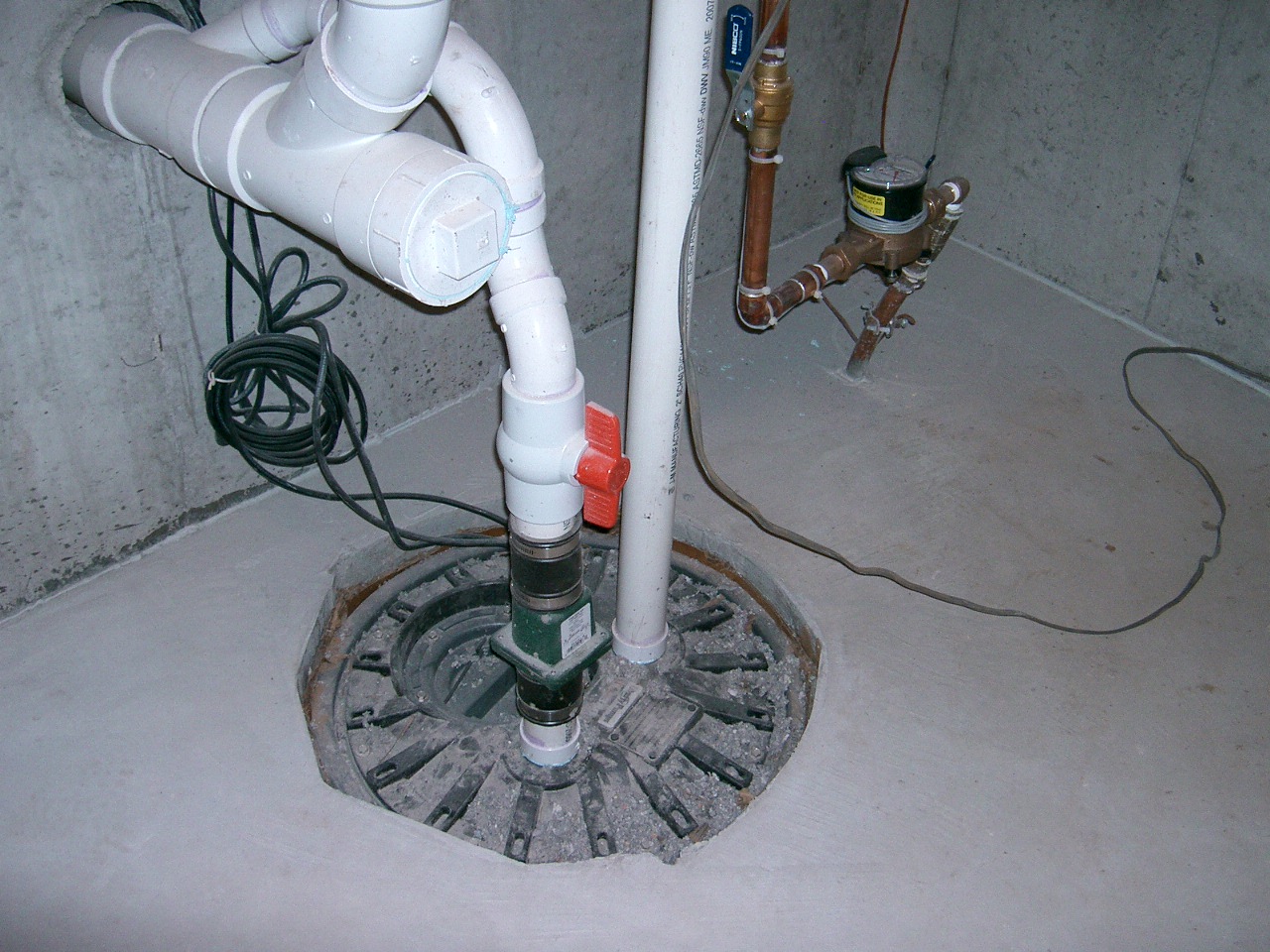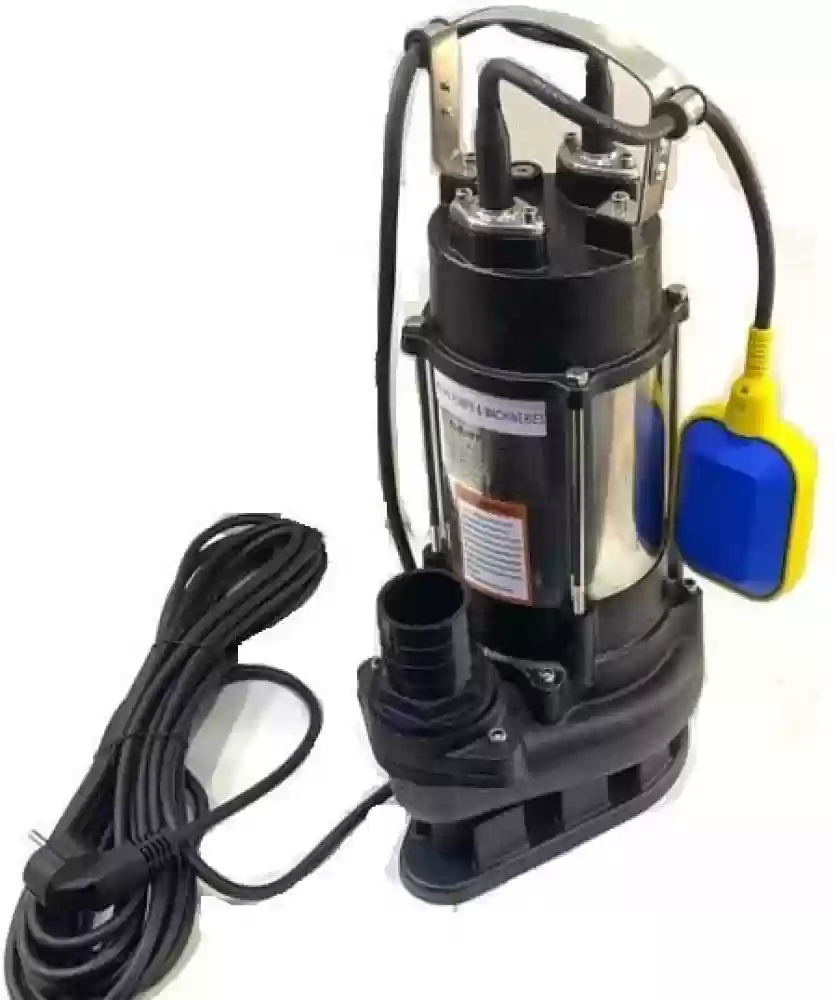Proven Methods for Cleaning a Sump Pump
Proven Methods for Cleaning a Sump Pump
Blog Article
Presented here further down you might get some high-quality news with regards to How to Care for Your Sump Pump.

Sump pumps are vital components in many homes, specifically in areas prone to flooding or too much moisture. They aid protect against water damage by efficiently getting rid of excess water from cellars or crawl spaces. Nevertheless, like any other appliance, sump pumps require normal maintenance to ensure they work properly when required the most. Cleaning your sump pump is a crucial part of its maintenance, and understanding exactly how to do it correctly can save you from pricey repair work and possible calamities.
Introduction
Keeping a clean sump pump is vital for its appropriate performance and durability. Disregarding this important job can lead to clogs, breakdowns, and eventually, water damages to your home. For that reason, learning exactly how to clean a sump pump is vital for property owners who rely upon these devices to maintain their basements dry and secured.
Comprehending the Sump Pump
Before diving right into the cleaning process, it's essential to have a standard understanding of just how a sump pump works. Usually mounted in a pit or basin below the basement floor, a sump pump consists of numerous crucial components, including a pump, a float button, and a discharge pipeline. When water builds up in the pit, the float button activates the pump, which then pumps the water out with the discharge pipe, away from the structure's foundation.
Indicators of a Dirty Sump Pump
Knowing when your sump pump needs cleansing is essential for avoiding potential breakdowns. Some usual indicators that show an unclean sump pump consist of unusual noises during procedure, reduced water flow, and noticeable particles in the pit. If you discover any of these symptoms, it's necessary to clean your sump pump without delay to avoid any additional issues.
Preparing for Cleansing
Before you begin cleansing your sump pump, it's important to take some safety precautions. Start by turning off the power to the pump to prevent any type of electric mishaps. Furthermore, use proper safety gear, such as gloves and goggles, to protect on your own from dust, debris, and potential pathogens.
Detailed Overview to Cleaning a Sump Pump
Shutting Off the Power
Begin by disconnecting the power supply to the sump pump to stop any type of accidents while cleansing.
Eliminating Debris and Dust
Use a pail or a scoop to get rid of any type of noticeable debris, dust, or sediment from the sump pit. Dispose of the particles correctly to stop it from blocking the pump or the discharge pipeline.
Cleaning the Pump and Drift Switch Over
When the pit is free from particles, thoroughly eliminate the pump from the pit. Evaluate the pump and the float switch for any type of indications of damages or wear. Utilize a soft brush or cloth to clean up the surface areas and remove any kind of gathered gunk.
Purging the System
After cleaning up the pump and float button, purge the sump pit with tidy water to remove any type of continuing to be dust or sediment. This will certainly help ensure that the pump runs efficiently and effectively.
Looking For Appropriate Functioning
Prior to re-installing the pump, execute a quick examination to guarantee that the float button triggers the pump correctly. Pour some water into the sump pit and observe the pump's operation. If everything is functioning appropriately, you can reconstruct the pump and reconnect the power supply.
Upkeep Tips to Maintain Your Sump Pump Clean
In addition to routine cleaning, there are numerous maintenance pointers you can comply with to maintain your sump pump in ideal problem:
Conclusion
Cleansing your sump pump is an essential aspect of its upkeep and ensures that it runs efficiently when you require it one of the most. By complying with the actions detailed in this overview and integrating routine maintenance into your routine, you can expand the life expectancy of your sump pump and protect your home from water damage.
6 STEPS ON HOW TO CLEAN A SUMP PUMP PROPERLY
UNDERSTANDING SUMP PUMPS
Your sump pump plays a crucial role in protecting your home by managing and removing excess water. It primarily functions as a “shield”, guarding your basement against the damaging effects of water accumulation. The pump is housed in a sump pit in the lowest part of your basement, and its job is to pump out any water that collects there.
During heavy rainfalls or when snow melts rapidly, water can infiltrate your basement, posing potential risks like flooding, structural damage, and harmful mold growth. Here, the sump pump springs into action, pumping out the intruding water and directing it away from your home.
SAFETY FIRST
Before cleaning, remember to prioritize safety. Disconnect the sump pump from the power source to prevent any accidental electric shocks. Also, wear sturdy gloves to protect your hands from any sharp or dirty components within the pump.
REMOVE THE SUMP PUMP
After ensuring your safety, the next step is to remove the sump pump from its pit. Doing this might require careful maneuvering as you don’t want to damage any pump components. Once removed, clean the sump pit to remove any accumulated debris or sludge.
INSPECT THE PUMP
Inspect the pump for any visible signs of wear or damage. Check the power cord, float switch, and impeller housing. If any components look worn out or damaged, consider replacing them to ensure optimal performance.
CLEAN THE PUMP
Thoroughly clean the pump with warm, soapy water. Make sure to rid it of any dirt, gravel, or other debris that might impede its performance. You can use a toothbrush to clean the small, hard-to-reach parts of the pump.
REINSTALL THE SUMP PUMP
Reinstall the pump into the sump pit Make sure it’s positioned correctly to remove the water effectively Once it’s back in place, reconnect it to the power source TEST THE PUMP
Finally, pour some water into the pit to ensure the pump works correctly. It should start automatically and begin pumping out the water; if it doesn’t, check the power source and the positioning of the pump.
Remember, while cleaning your sump pump is an essential part of home maintenance, hiring a professional plumber for a thorough inspection and cleaning at least once a year is also important. This will ensure that your pump is in optimal condition, ready to protect your home from potential water damage.
BEST PRACTICES FOR CLEANING SUMP PUMP DISCHARGE PIPES
Regular Inspection: Regularly inspect your discharge pipes, especially during heavy rainfall or snowmelt periods. Look for any signs of blockage or damage. Early detection of problems can prevent serious issues down the line. Periodic Cleaning: Over time, sediment and debris can accumulate in the discharge pipes, impeding the flow of water. Regular cleaning helps keep the pipes clear and functioning efficiently. You can use a high-pressure water jet to effectively clean the pipes. Insulation During Winter: In colder climates, discharge pipes can freeze, blocking the outflow of water. Protect your discharge pipes from freezing temperatures by insulating them with foam pipe insulation. This will ensure the sump pump can continue to discharge water even in freezing conditions. Proper Positioning: The discharge pipe should be positioned to direct water away from your home’s foundation. Improper positioning can lead to water seeping back into the basement. Ensure the pipe is long enough and angled correctly. Installation of a Check Valve: A check valve prevents water from flowing back into your sump pit after the pump has pushed it out. Installing a check valve helps maintain the efficiency of your sump pump and reduces the risk of flooding. Minimize Pipe Turns: Every curve or turn in the discharge pipe can decrease the efficiency of water flow. By minimizing turns and bends in your discharge pipe, you can increase the efficiency of your sump pump. https://www.fullspeedplumbing.com/how-to-clean-a-sump-pump-properly9999/

We had been made aware of that editorial on Steps to Cleaning Your Sump Pump Properly from a pal on another web page. If you appreciated our post if you please don't forget to share it. I am grateful for being here. Please stop by our website back soon.
Request Service Report this page